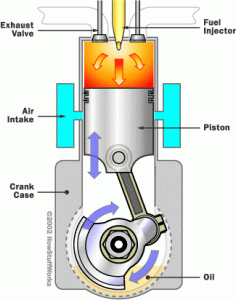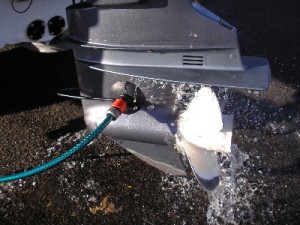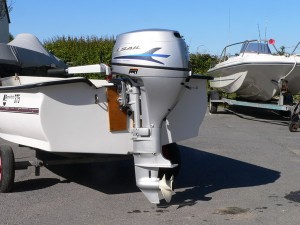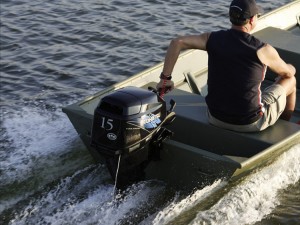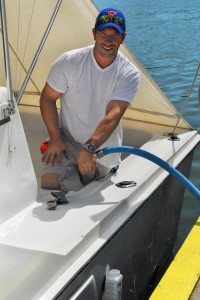The Anatomy of the Two-Stroke Engine: Part Four
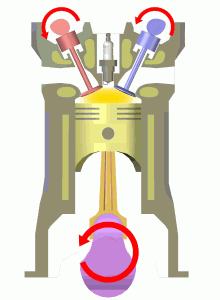 When we left off yesterday, the piston had just bottomed out in the crankcase. Once this occurs, the momentum in the crankshaft will begin to drive the piston back towards the spark plug. As the process continues and more of the gas/air/outboard motor oil mixture is compressed, a vacuum is formed in the crankcase, which in turn opens the reed valve and sucks in more of the mixture from the carburetor.
When we left off yesterday, the piston had just bottomed out in the crankcase. Once this occurs, the momentum in the crankshaft will begin to drive the piston back towards the spark plug. As the process continues and more of the gas/air/outboard motor oil mixture is compressed, a vacuum is formed in the crankcase, which in turn opens the reed valve and sucks in more of the mixture from the carburetor.
At the end of the compression stroke, the spark plug fires again and the cycle is repeated. The two-stroke engine derives its name from the fact that only two strokes—the combustion and compression—are required to complete a full cycle. As you’ve probably ascertained, the four-stroke engine has four strokes: intake, compression, combustion and exhaust.


